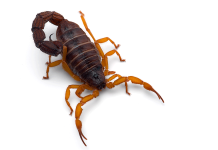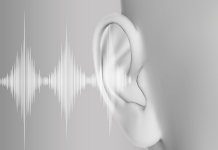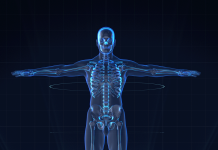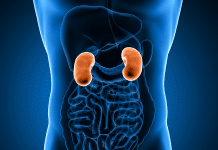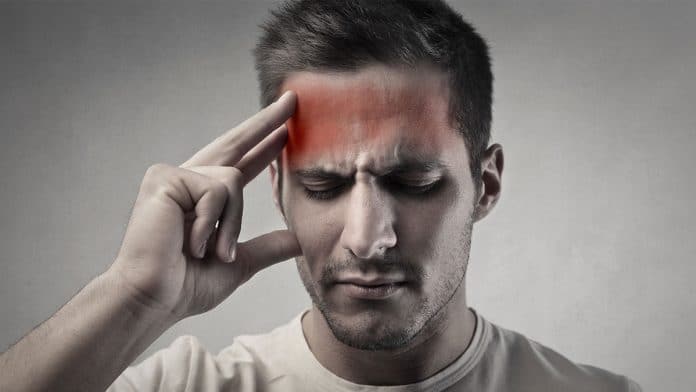Headache is the term that we all are familiar with and have undoubtedly experienced this once in our life. The head pain or headache is the combination of symptoms which comprise of throbbing sensation, squeezing effect, constant or intermittent type of pain. It either arises spontaneously or due to specific activity, from the upper part of the body or the head. The pain occurs due to the internal structures or tissues comprising the brain. It is either acute or chronic and is associated with vomiting or nausea. The location of the headache varies either involving one side or both the sides of the skull or face. It can also be generalized while affecting the entire head region.
The types of headaches are categorized into:
- Primary headaches,
- Secondary headaches,
- Facial pain, cranial neuralgias and others.
1. Primary headaches are further divided into migraine, tension headaches or cluster headaches.
Tension headaches- one of the common forms of headaches occur more commonly in women than men. 1 out of 20 people suffer from a tension headache.
The cause of these headaches is unknown, but they most likely occur due to muscle contraction surrounding the skull.
Consider watching this video to know 5 different ways to avoid headaches.
The typical symptom linked with tension headache includes pain over the back of the head, upper neck, along with intense pressure over the temples or eyebrows.
Migraine is the second most common type of headache which is seen in adults as well as children. It is seen in both the genders before puberty while after puberty it is commonly seen in women. The cause of migraine headache is inflammation of the structures surrounding the brain.
Cluster headaches are the rarest form of headache which affects men more commonly, especially who are in the late ’20s. These headaches occur daily and continue for weeks or months.
They tend to occur at the same time leading to discomfort. The cause of these headaches is also unknown, but it is assumed that it triggers due to sudden release of serotonin and histamine within the brain.
They can also occur due to medications, irregular sleeping patterns or genetics.
The ultimate sign of these headaches is excruciating pain around the eyes.
Primary headaches negatively impact the quality of life. These headaches might be occasional, but in certain conditions, they are debilitating, leading to chances of stroke.
2. Secondary headaches occur due to the structural disorder, injury or infectious disease involving the neck or head.
These headaches range from infected sinus, iritis, glaucoma, dental pain, life-threatening conditions like bleeding within the brain and infections such as meningitis, HIV, influenza, pneumonia and encephalitis.
Secondary headaches also include headache after an injury such as post-concussion headaches. Other than that, medication over-use headaches, along with withdrawal or substance abuse headaches, even fall in this category.
These headaches also occur due to alterations in the body environment like dehydration, high blood pressure, dialysis or hypothyroidism.
3. Cranial neuralgia is the inflammation of the nerves that can involve any of the 12 cranial nerves. The most common example for cranial neuralgia includes trigeminal neuralgia that results in intense facial pain.
Last but not the least you can follow simple home remedies like taking rest, having over-the-counter medicines, getting massage, performing relaxation techniques, and avoid certain activities to get rid of the pain. In severe conditions, consult your doctor to evaluate the symptoms and get yourself a treatment plan.
Until Next Time,
Team Doctor ASKY!




